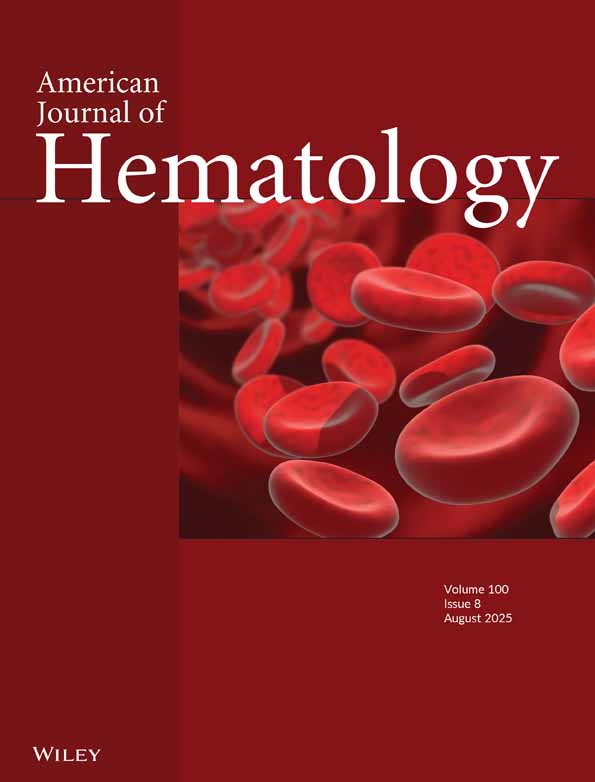Gastrointestinal endoscopic findings in men with unexplained anemia and low normal ferritin values
Abstract
Background: Most practice guidelines recommend endoscopic evaluation of the gastrointestinal (GI) tract in men and postmenopausal women with anemia and a serum ferritin less than 20–40 ng/ml. The diagnostic yield of endoscopy in patients with anemia, no GI symptoms or signs, and low normal ferritin is not known.
Objective: The aim of this study was to investigate the yield of upper and lower GI endoscopic evaluations in anemic patients with ferritin levels between 40 and 100 ng/ml.
Design: A retrospective review of patients' charts was conducted.
Subjects and methods: Patients at the Veterans Affairs Connecticut Healthcare System who underwent GI endoscopic evaluation for the sole indication of anemia and ferritin in the low normal range (40–100 ng/ml) were included in this study.
Measurements: Incidence of pathology of the upper and lower GI tract was determined.
Results: We identified 54 male patients who had a ferritin level of 40–100 ng/ml and no GI symptoms or known GI bleeding. Upper GI findings (malignancy, peptic ulcers, Helicobacter pylori gastritis, arteriovenous malformations) were found in 14/47 cases (30%). Lower gastrointestinal findings, including large tubular adenomas and arteriovenous malformation, were identified in 3/53 cases (6.7%).
Conclusion: Our study supports GI endoscopy in anemic patients with ferritin between 40 and 100 ng/ml, even in the absence of GI symptoms or documented bleeding. Am. J. Hematol. 81:324–327, 2006. © 2006 Wiley-Liss, Inc.




